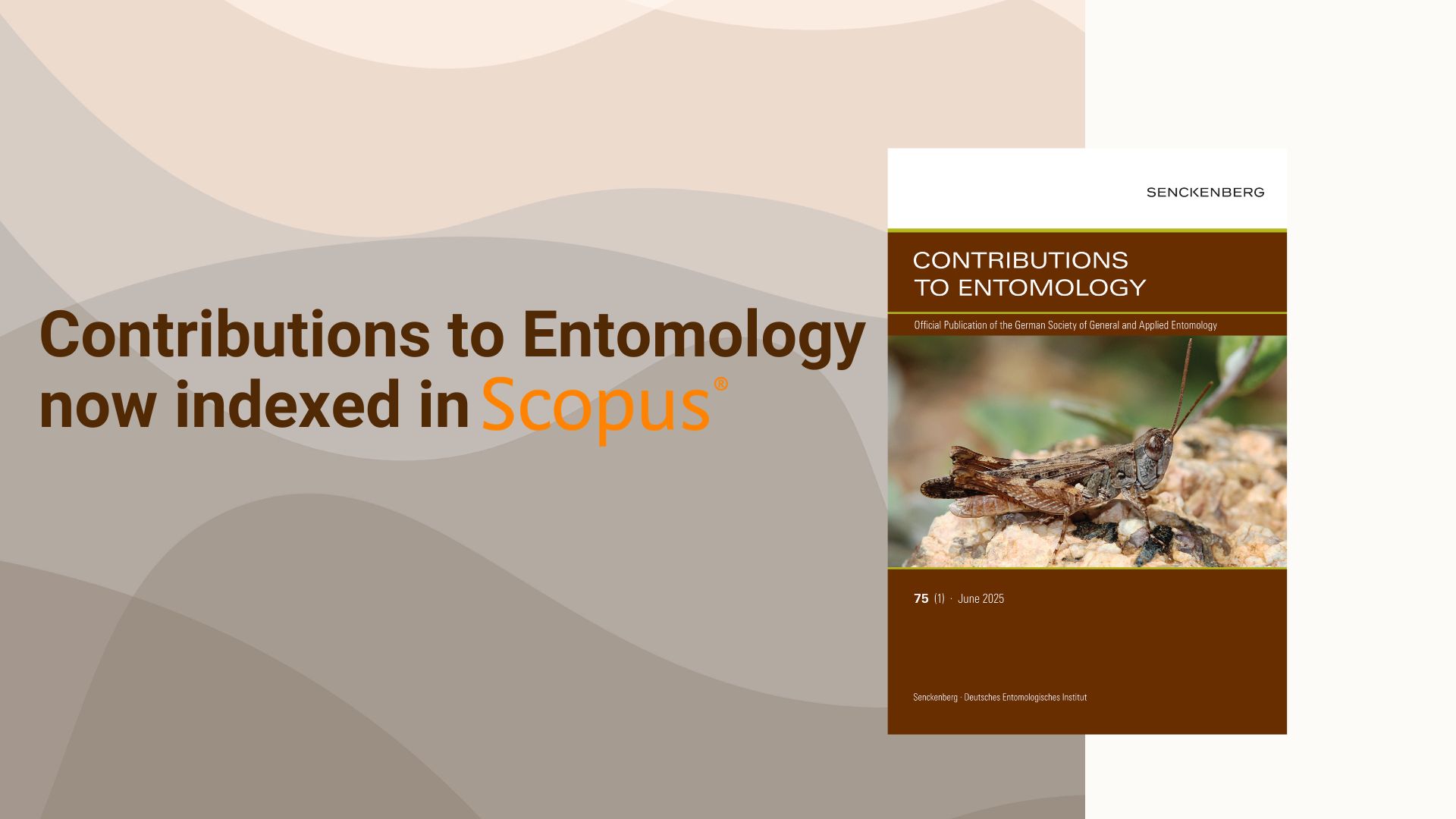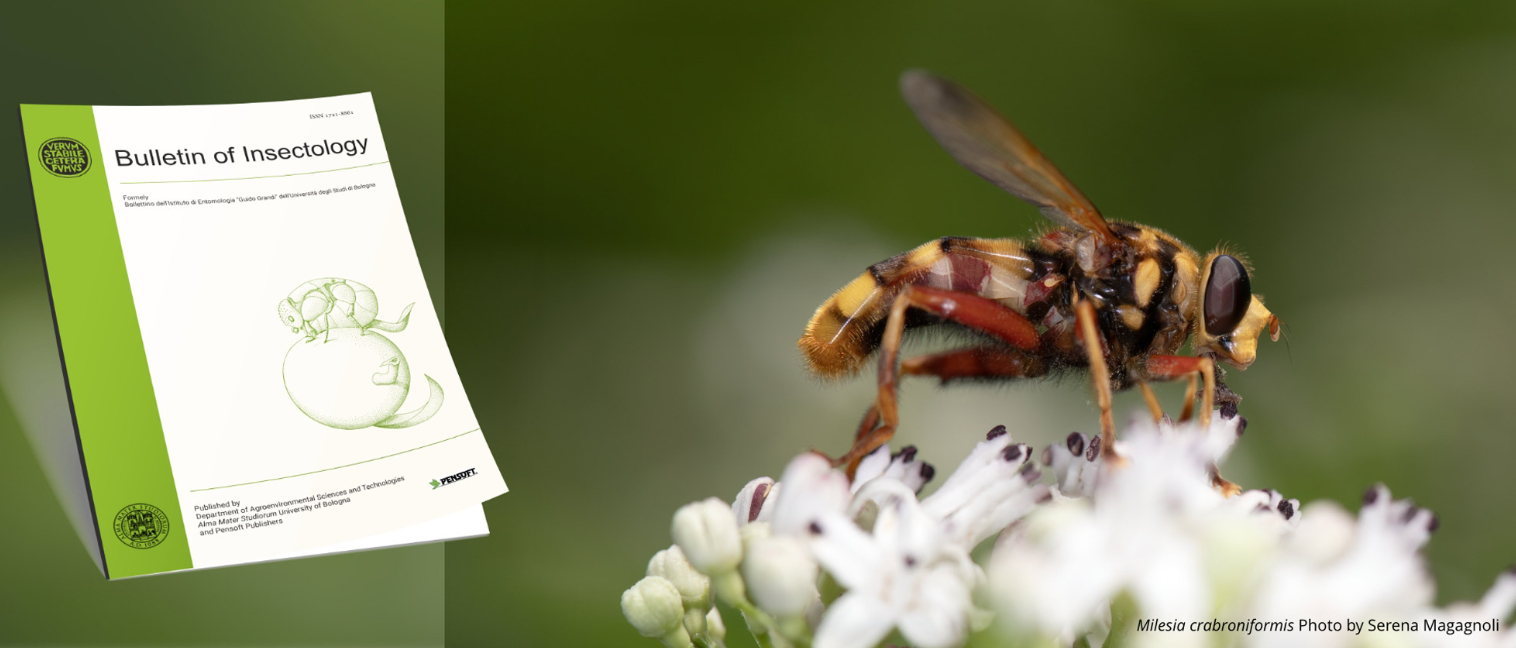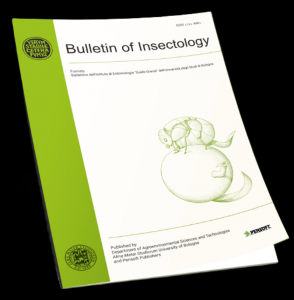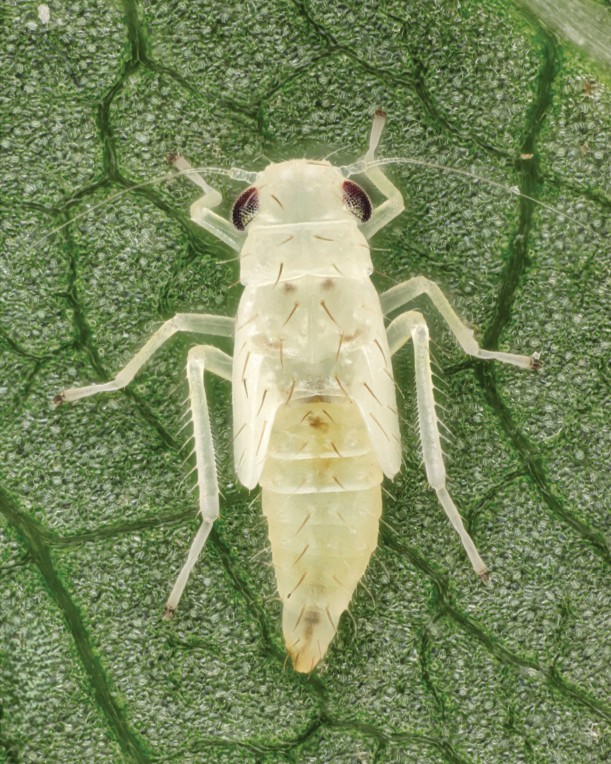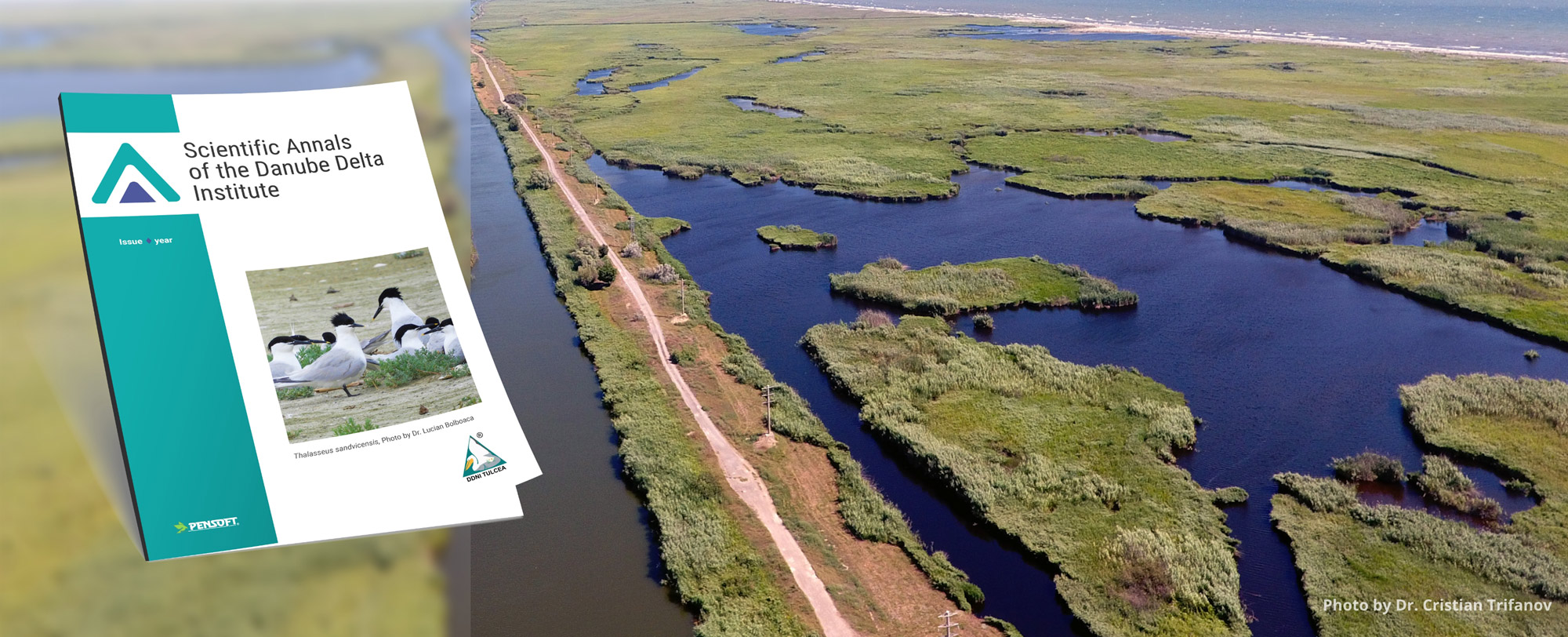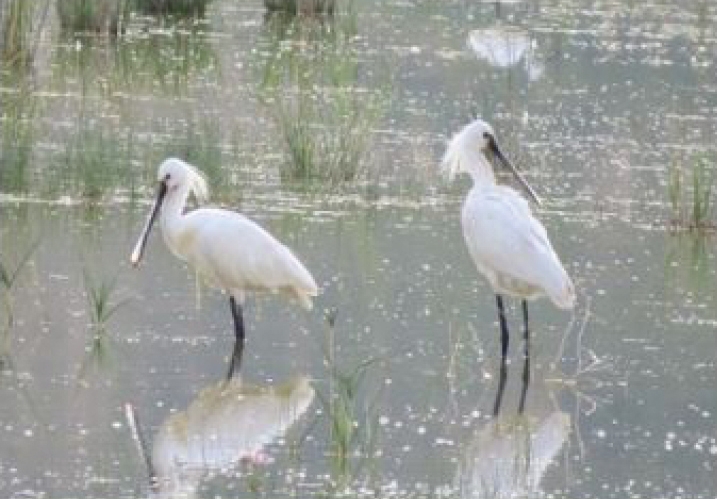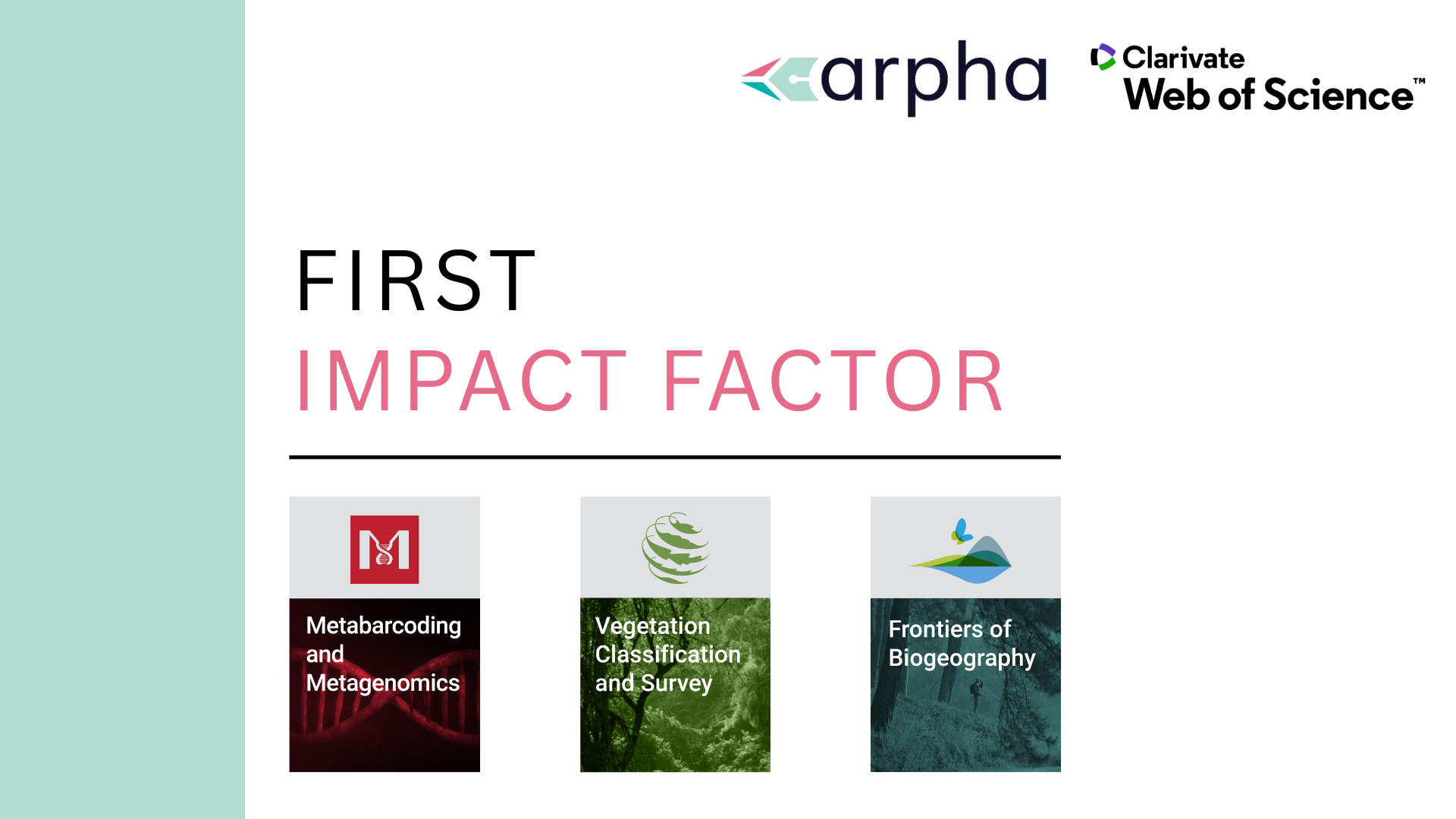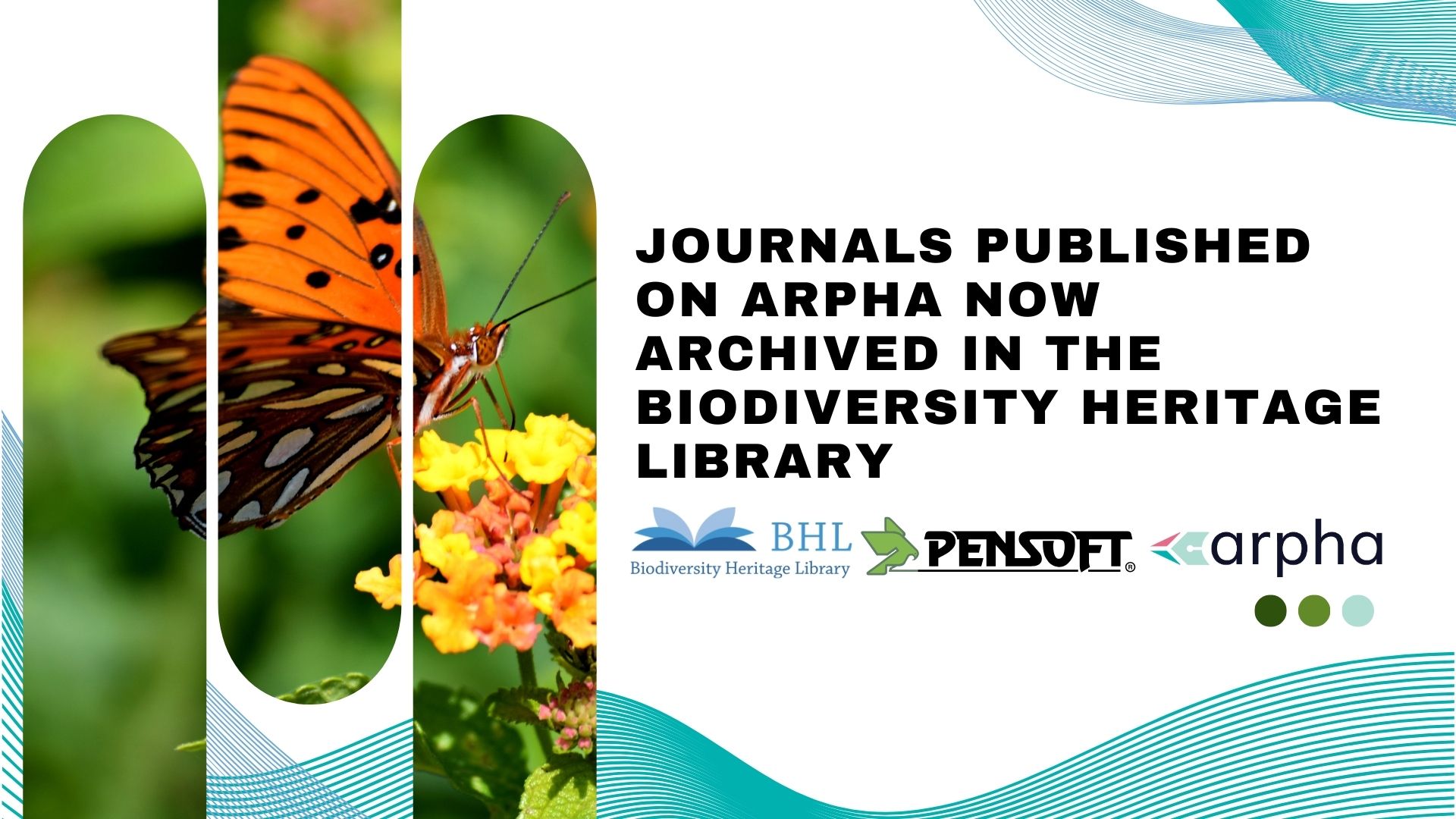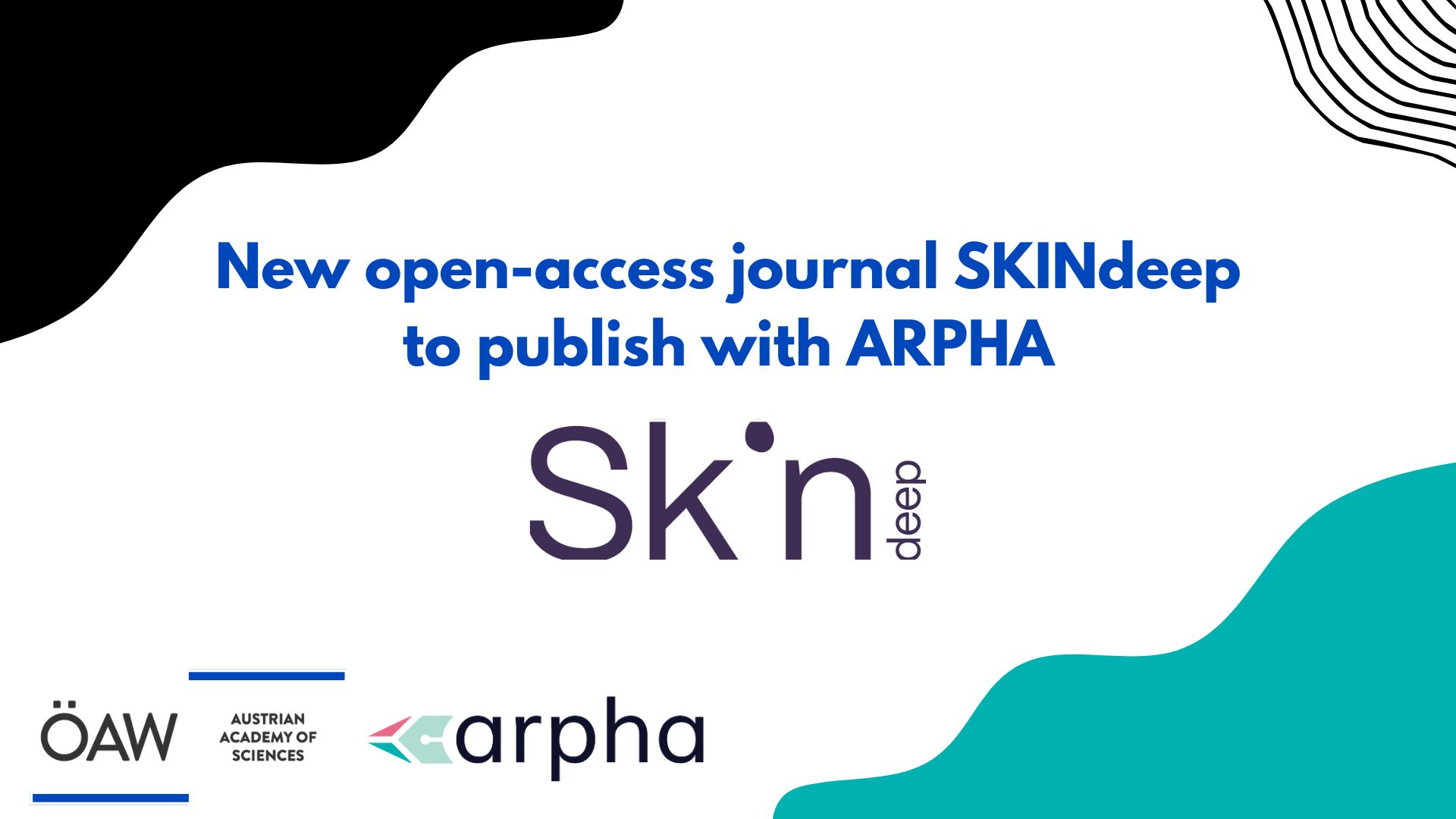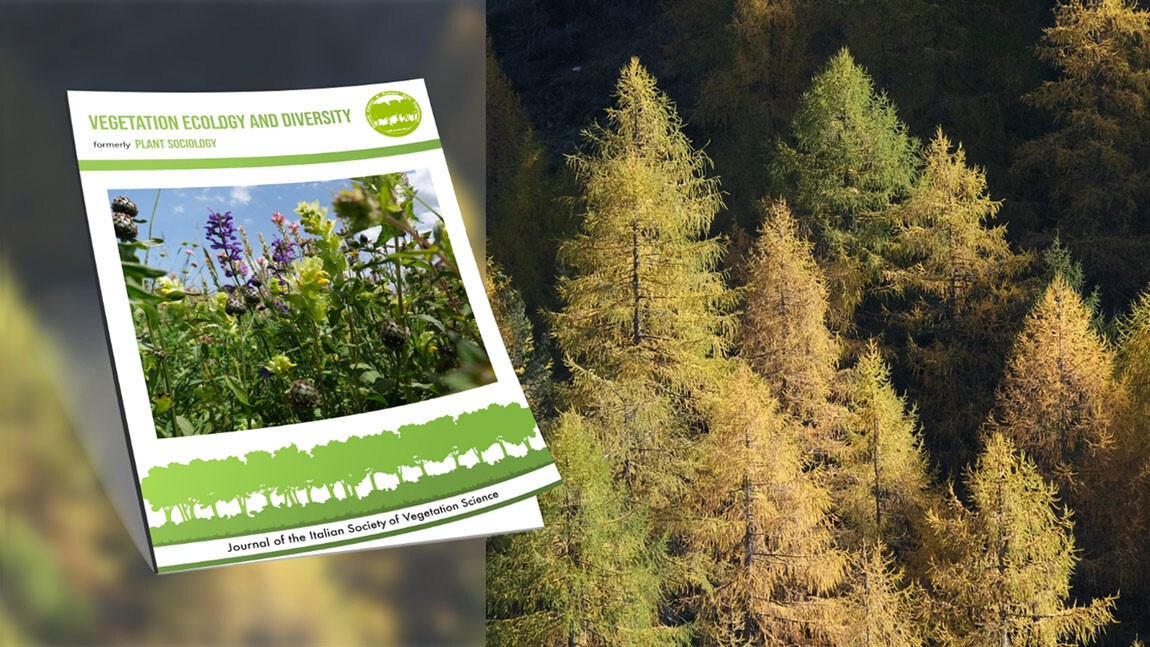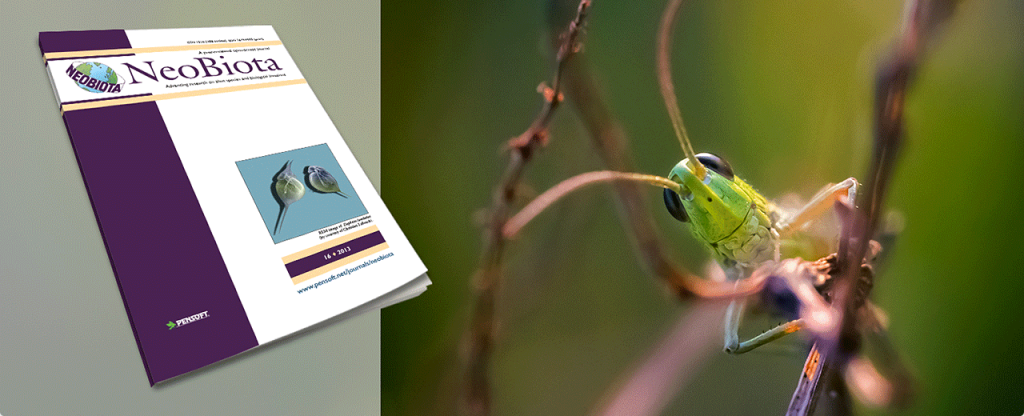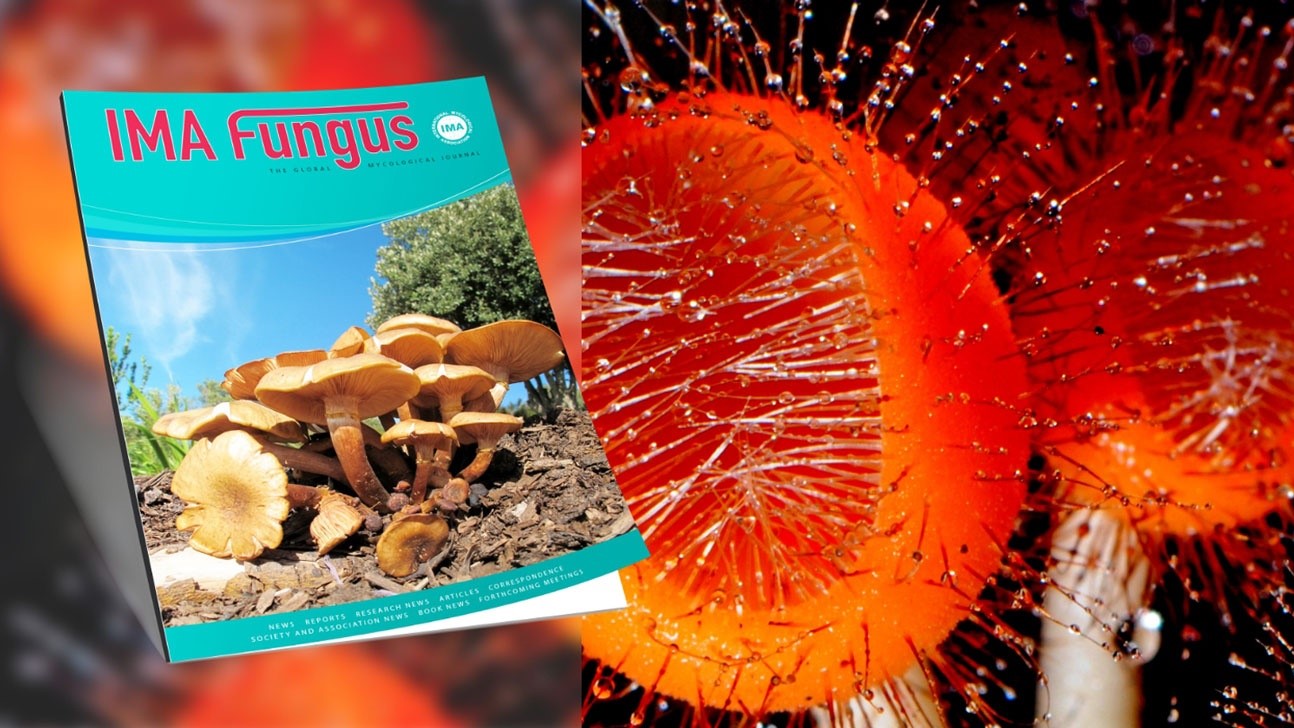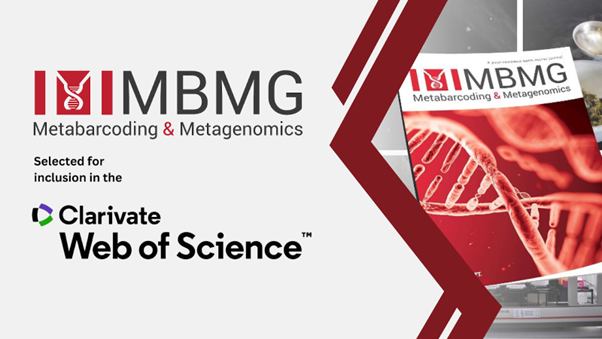Contributions to Entomology, one of the open-access, peer-reviewed journals of the Senckenberg Society for Nature Research, has been officially indexed in Scopus, one of the world’s leading abstract and citation databases for scholarly literature. This achievement ensures broader visibility and discoverability of articles published in Contributions to Entomology.
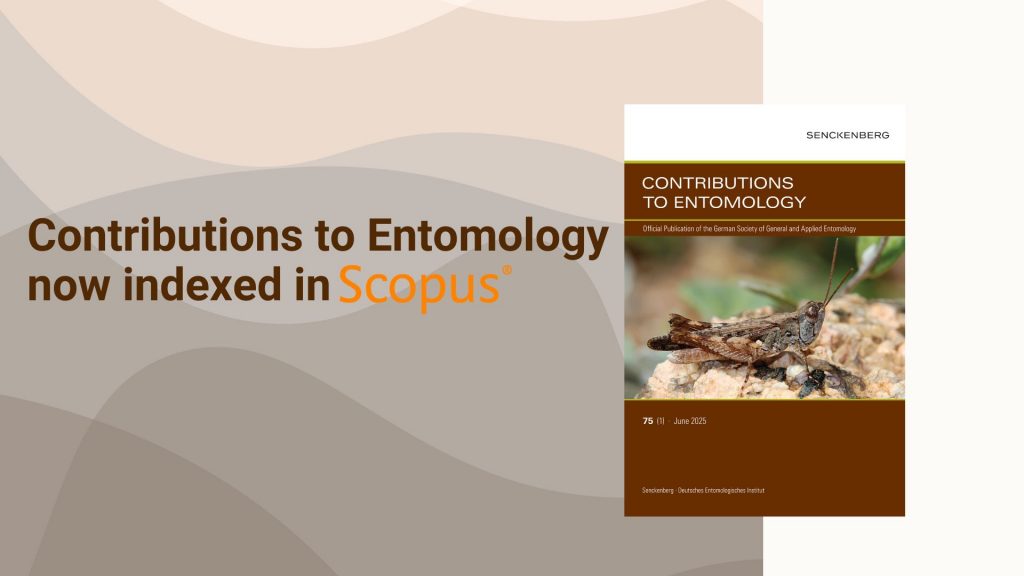
“Being indexed in Scopus is a great step forward for Contributions to Entomology. Scopus is one of the leading abstract and citation databases for peer-reviewed literature, and being included means the journal’s articles are now more visible, easier to discover, and better integrated into the global research landscape. It reflects the steady progress we’ve made since the beginning of the year—with stronger submissions, growing readership, and a clear focus on quality,” comments Co-Editor-in-Chief Jana Hoffmann of the Senckenberg German Entomological Institute (SDEI).
“Backed by SDEI, with a dedicated editorial team and an engaged community of authors and reviewers, the journal continues to evolve. We are particularly pleased to see this recognition of our collective efforts. This milestone is encouraging—and an important part of the journal’s continued development,” adds Co-Editor-in-Chief Thomas Schmitt.
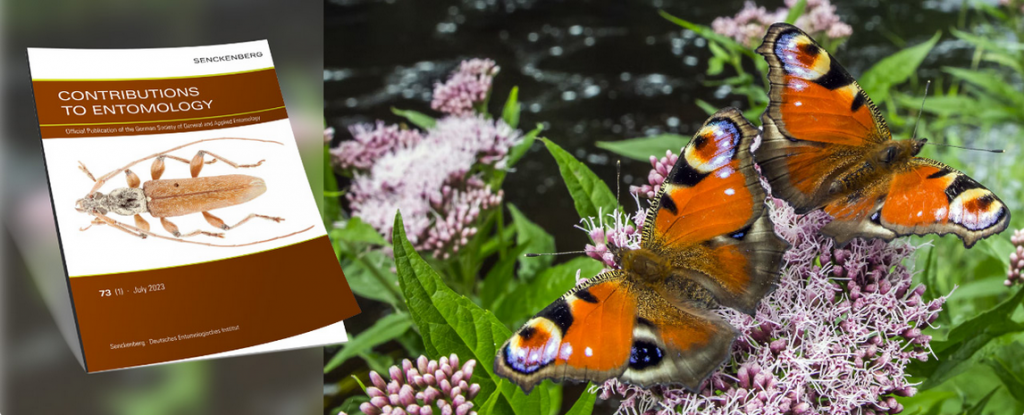
The Scopus index has rigorous standards for editorial quality, academic contribution, and publishing ethics. Criteria include immaculate peer-review and editorial processes, a good and consistent yearly publication volume, high-quality and user-friendly website and infrastructure, well-pronounced internationality and inclusivity, and considerable readership and citation rates.
The journal is expected to receive its very first Scopus Citescore in June 2026.
Founded in 1951 as Beiträge zur Entomologie by the German Entomological Institute, the journal has evolved over more than seven decades to reflect the growing scope and sophistication of entomological research. Since 2017 (volume 67, issue 1), it has been published as an open-access journal under the title Contributions to Entomology. It is published by the Senckenberg German Entomological Institute in Müncheberg and serves as official publication of the German Society for General and Applied Entomology (DGaaE).
Contributions to Entomology publishes research covering all aspects of entomology, including insect systematics, taxonomy, phylogeny, zoogeography, faunistics, ecology, applied entomology, entomological bibliography, and the history of entomology. The journal operates under a diamond open-access model, ensuring its published content is free to publish and read.
“As a fully open-access journal, we’re committed to supporting accessible and transparent science,” Jana Hoffmann comments.
In 2021, Contributions to Entomology signed with Pensoft to move the journal to the scientific publisher’s ARPHA Platform, in a move to modernise the academic outlet and provide its authors, readers and editors with a user-friendly environment where they can submit, revise, publish and permanently archive their work.

